When photography or video shooting becomes your job or passion, you probably start looking at
The basics


Advertising
Advertising
If you are thinking of switching to amateurcamera, then almost certainly you understand the difference between SLR, mirrorless and compact cameras. So let's take a look at the basic qualities that a camera should have for $ 1,000 and more.
4K. For models costing over $1,000 almostIt's a shame not to support 4K video shooting, but there are some – It’s not hard to guess that these are basically DSLRs designed exclusively for photography. For example, the full-frame Nikon D750 and Canon 6D Mark II can shoot a maximum of 1080p at 60 fps. If you're confident that you'll never need to shoot in 4K, these are the models to consider. But if you want to have that option, and moreover, want the best, then only the Panasonic GH5 and GH5s are capable of giving you a wider color gamut when shooting 10-bit 4K video.
Phase detection autofocus. If you want excellent autofocus for bothFor both video and photography, you need a camera with phase detection autofocus. Contrast detection systems on Panasonic and other models cause the lens to seek the point of highest contrast where the subject is in focus. Canon Dual-Pixel AF – The best all-round system that delivers fast, accurate autofocus for both video and photos. This is why Canon cameras are popular among professional videographers and vloggers, despite the superior video quality of Panasonic cameras. Sony also offers fast phase detection autofocus, but it's less accurate, especially in low light. Meanwhile, Nikon's phase detection autofocus can be called the best when it comes to photography.
Advertising
Advertising
Full Frame, APS-C or Micro Four Thirds Sensor? There is no universal solution. Full-frame SLR cameras provide maximum resolution and a shallow depth of field, which helps create a bokeh effect. However, full-frame cameras and lenses are more expensive than other models, and the very shallow depth of field makes it difficult to focus on the subject when shooting video.
Mirrorless cameras
It’s more interesting now to find out what’s new among mirrorless cameraseverything to watch, especially among the top models. Here everyone can find what they need – high resolution (Sony A7R III), video cameras (Panasonic GH5s, Fujifilm X-H1 and Sony A7S II) and incredibly fast, small and high-tech models (Sony A6500).
Sony A7R III


State of things in the mirrorless camera marketis changing quite quickly, and Sony has already managed to displace the A7 III from its flagship position. It looks great for $2,000, but the A7R III is still considered the current flagship of the line, and is superior in many aspects even to the professional $4,500 A9. It can shoot 42.4 MP photos at 10 frames per second and 4K video. In addition, you get excellent light sensitivity (ISO up to 102,400) and the company's fastest autofocus among mirrorless cameras with excellent face detection. There are also downsides: the Sony camera menu looks a little ill-conceived and strange compared to competitors like Canon, and the $3,200 price is quite steep.
If it is too expensive: Sony A6500 for $1,400 presentsIt is a 24.2-megapixel mirrorless camera with an APS-C sensor and supports continuous shooting at 11 fps. It is noteworthy that in one series you can take 307 (!) frames. There is also 5-axis built-in stabilization and, of course, 4K video – full-length at 30 fps. We can also confidently recommend the Sony AR III – excellent model for its $2,000.
Fujifilm X-H1


This $1,900 camera was announced in the pastmonth, brought many improvements compared to the X-T2 – especially in video shooting. This is the manufacturer's first camera with a built-in 5-axis stabilizer, it is capable of taking photos at 14 frames per second and supports shooting in 4K (4,096 x 2,160 pixels). It features a new, best-in-class 3.69 million pixel electronic viewfinder and is comfortable to hold with a new, sturdy grip. Also pleasant innovations were two double adjustment wheels and an almost silent shutter. Among the shortcomings, it is worth noting the lack of 10-bit 4:2:2 video, which is available in the GH5 with approximately the same price tag, and the fact that it is significantly heavier than the Sony A6500.
Advertising
Advertising
If it is too expensive: A little cheaper, $1,600, you can get the 24.3-megapixel X-T2. It is the predecessor to the X-H1 and offers almost the same quality, but without image stabilization.
Panasonic GH5
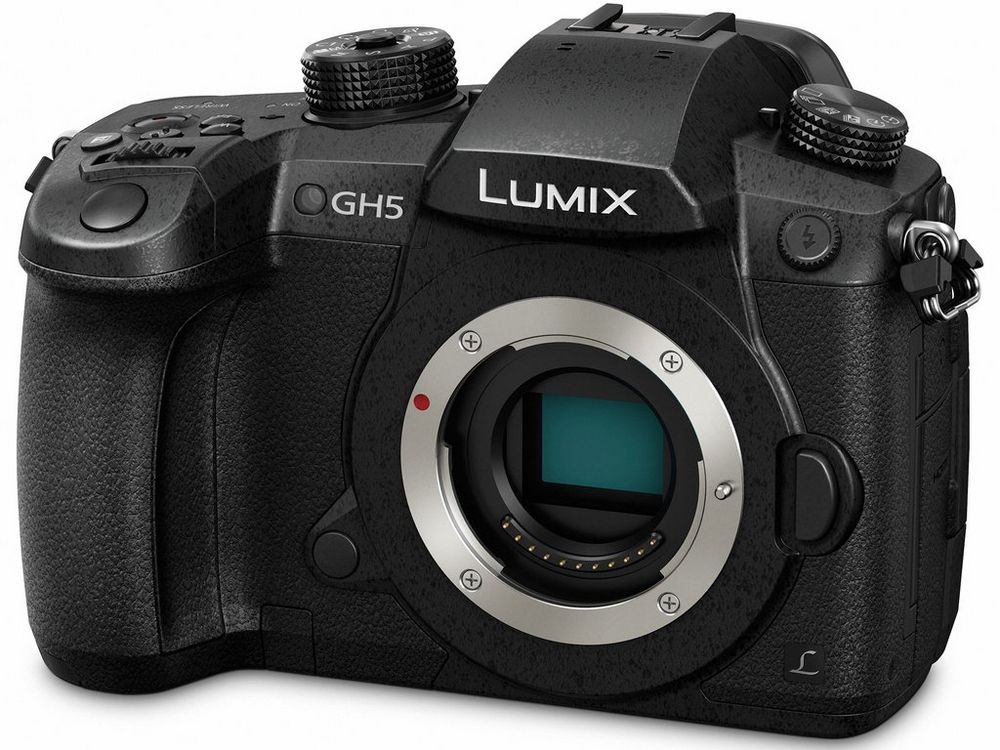

The $2,500 GH5s is truly amazing, but it'sObviously designed for video shooting, which makes it difficult to recommend it to photographers. The $2,000 GH5 is more versatile and costs significantly less. It can shoot 10-bit 4K video with 4:2:2 depth, which is the best specs for a hobby camera. With a 20.1-megapixel sensor and 12fps shooting, it doesn't limit photographers either. Among the disadvantages – Micro Four Thirds sensor and medium contrast autofocus.
If it is too expensive: Panasonic priced the G9 at $1,700 – newflagship camera for photographers, offering continuous shooting at 20 fps and continuous focusing, 5-axis stabilization, and, of course, video shooting in 4K – but without the 10-bit colors and HDR that the GH5 has.
SLR cameras
Nikon D850
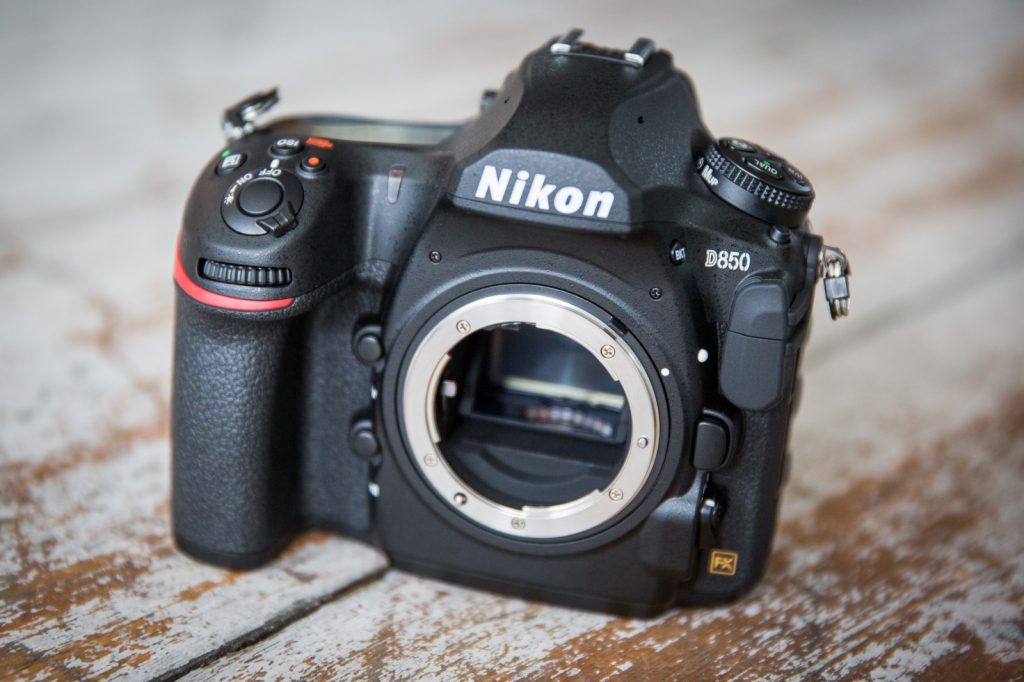

The $3,000 D850 was the first full-frame cameraNikon with 4K support, but in this case it was worth the wait. With a 45.7-megapixel sensor, it offers almost the highest resolution on the market – Only the Canon 5D model with 50.6 megapixels surpasses it. This gives the D850 unrivaled image quality, but you still get a pretty decent shooting speed (7fps) and excellent phase detection autofocus. The D850's main drawbacks are its mediocre 4K video quality and slow and inaccurate contrast autofocus.
If it is too expensive: Check out the Nikon D7500.For just $1,200, you'll get superb image quality from a 20.6-megapixel DX (APS-C) sensor, an excellent 8 fps burst speed, and 4K video (albeit with a 1.5x crop factor on the already cropped DX). If you don't mind a previous-generation camera, you might want to consider the $1,800 full-frame D750, which has fast shooting speeds and excellent autofocus – and all this is almost half the price of the D850.
Advertising
Advertising
Canon 5D Mark IV


Released in 2016, this model is almostIt will probably receive an update soon, but despite its age it remains an excellent amateur DSLR. The 31.7-megapixel full-frame sensor with Dual Pixel autofocus delivers superior performance in professional portrait and landscape photography, even at high ISOs. As for video, you get 4K with autofocus, which is considered the best in this class. Among the disadvantages when shooting video, it is worth noting the crop factor of 1.64x in 4K and the inability to expand the screen for shooting vlogs.
If it is too expensive: The $1,200 Canon 80D offers excellentDual Pixel autofocus for video, continuous shooting at 7 fps and separate connectors for microphone and headphones – which is often critical for videographers.
Sony Alpha A99 II
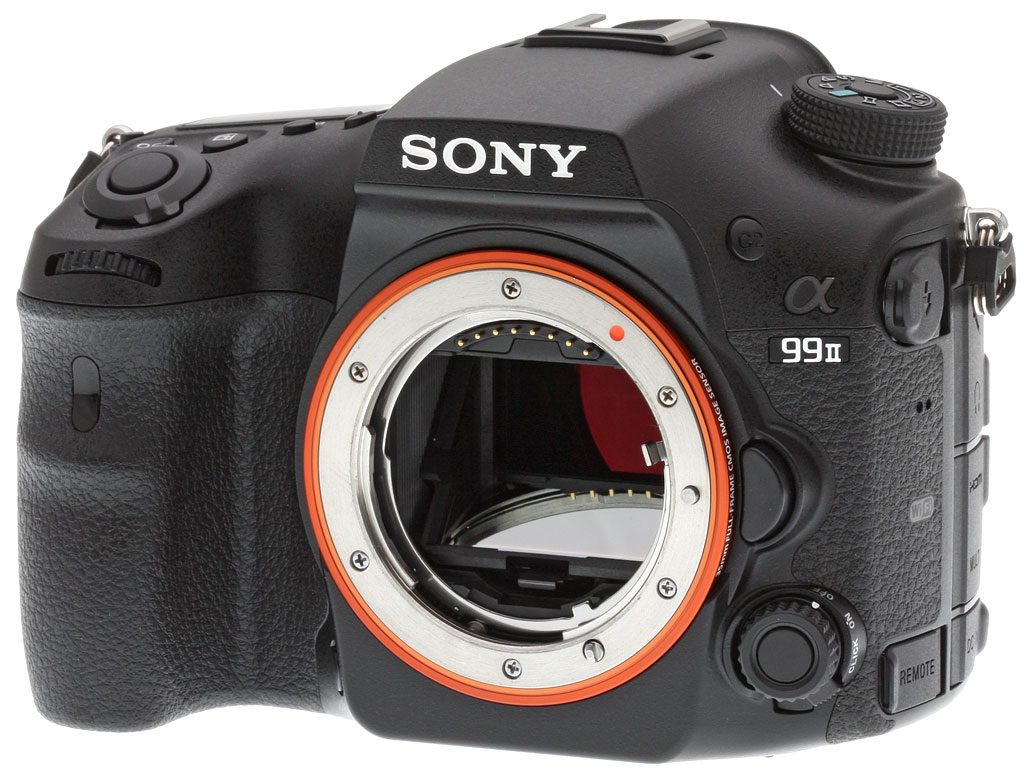

Yes, Sony also makes DSLR cameras –however, using SLT translucent mirror technology. Although Sony itself calls such matrices mirrored, many do not agree with it. One way or another, we note that because of this, the viewfinder here is electronic instead of optical, which can have both disadvantages and advantages, depending on your shooting style, and 25% less light enters the matrix than when shooting on &# 8220;real” DSLRs like the above models from Canon and Nikon. The $3,200 A99 II offers excellent performance, including 12 fps shooting – excellent result for a camera with a 42.2 megapixel sensor. You also get 5-axis stabilization and excellent 4K video quality. On the other hand, the autofocus system, especially when tracking a subject in video, doesn't always work perfectly, and due to the SLT system, the A99 II doesn't perform as well in low light as the A7R II and III models.
If it is too expensive: Take a closer look at the Sony A77 II with an APS-C SLT sensor. It offers the same 12 fps in continuous shooting with a resolution of 24.3 megapixels, built-in stabilization and powerful autofocus.
Compact cameras
Fujifilm X-100F
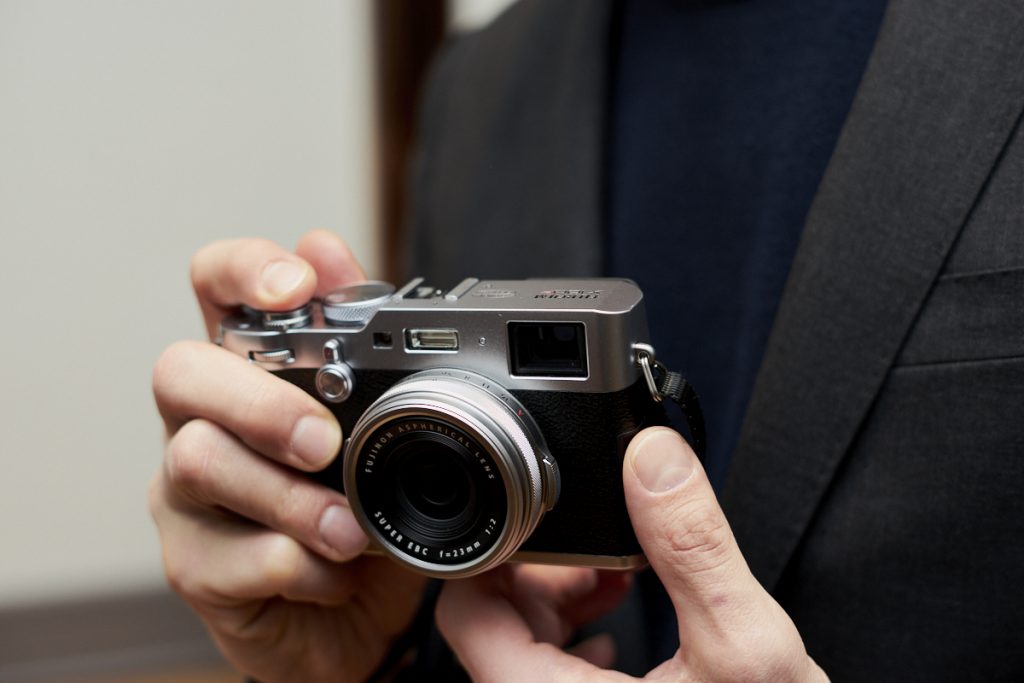

Fujifilm compact cameras with fixedlenses became popular immediately after the release of the Finepix X100 almost 7 years ago. The newest model, the $1,300 X-100F, takes the line to the next level. You get a 24.3-megapixel X-Trans CMOS III sensor (no low-pass filter), a 35mm f/2.0 lens, better control key placement, and a stunning design. All this – in a compact body, making the X-100F an ideal camera for street photography or travel. There is no 4K here, but it supports 1080p recording at 60 fps – one way or another, the main focus here is still on photographic capabilities.
Sony RX10 Mark IV
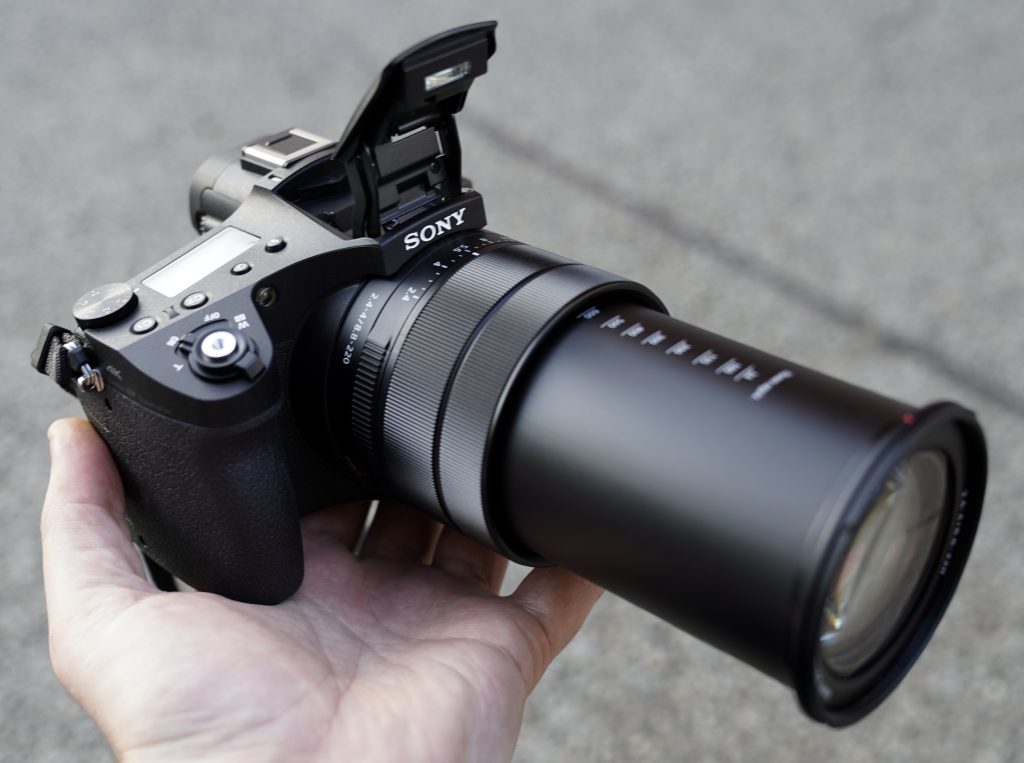

Advertising
Advertising
20.1 megapixel The RX10 Mark IV with an inch sensor is definitely notcall it pocket-sized, but with a price tag of $1,700 – and cheap too. But it offers an incredibly fast and versatile zoom (24-600mm), an f/2.4-f/4 lens, and incredible RAW burst speed – 24 frames per second. She also shoots video in 4K and slow-mo at up to 960 fps (912 x 308). If you are satisfied with its not the most compact size and price, you can shoot both landscapes and portraits and photos during sports competitions.
Sony RX1R II
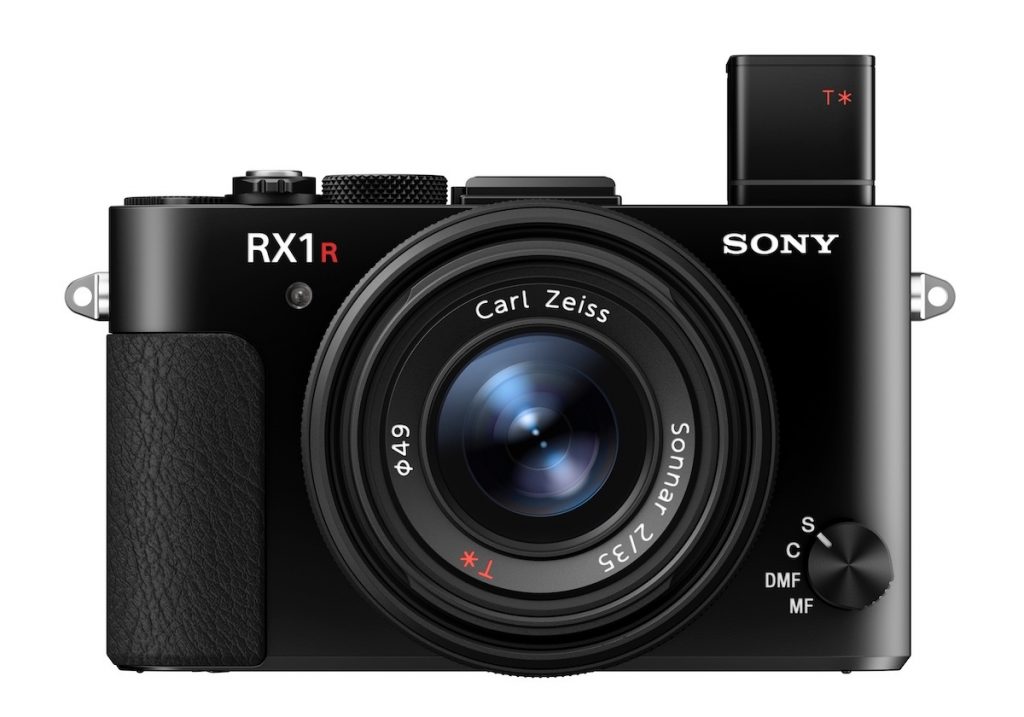

Considering the price ($3,200), the RX1R II –It's definitely not a camera for everyone. But this is the second compact camera on the market with a full-frame sensor, offering a resolution of 42.4 megapixels (there is another full-frame model, the 24-megapixel Leica Q for $4,000). With a 35mm f/2.0 lens from Zeiss, a pop-up 2.4 million pixel OLED viewfinder, and a maximum light sensitivity of 102,400 ISO, this model is a great choice for street photography. However, unlike other compact Sony cameras, there is no 4K – maximum 1080p with 60 fps.
Conclusion
Home-grade cameras can do a lotsuggest – but you need to choose based on what you need from the camera. It is more logical for photographers to take a closer look at DSLR models, while videographers will almost certainly find the camera of their dreams among mirrorless cameras. Regardless of the category, you can find a model with the type of autofocus that suits you best. Considering that all the cameras listed in the article cost a lot of money, before purchasing it makes sense to borrow or rent a model you like based on its characteristics and test it yourself.